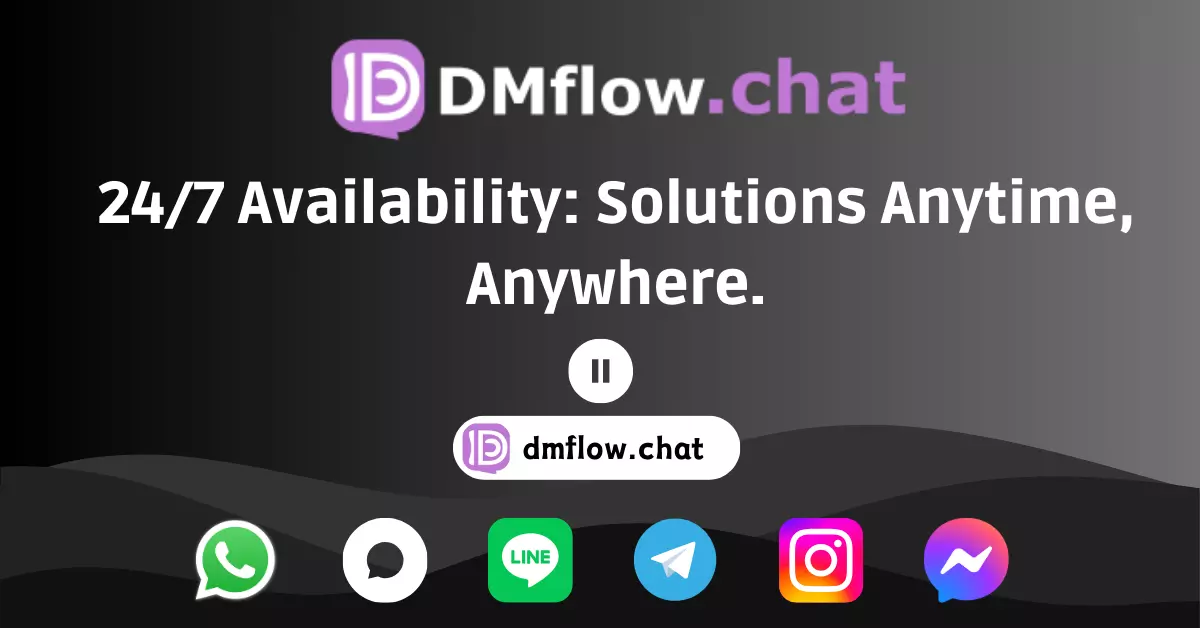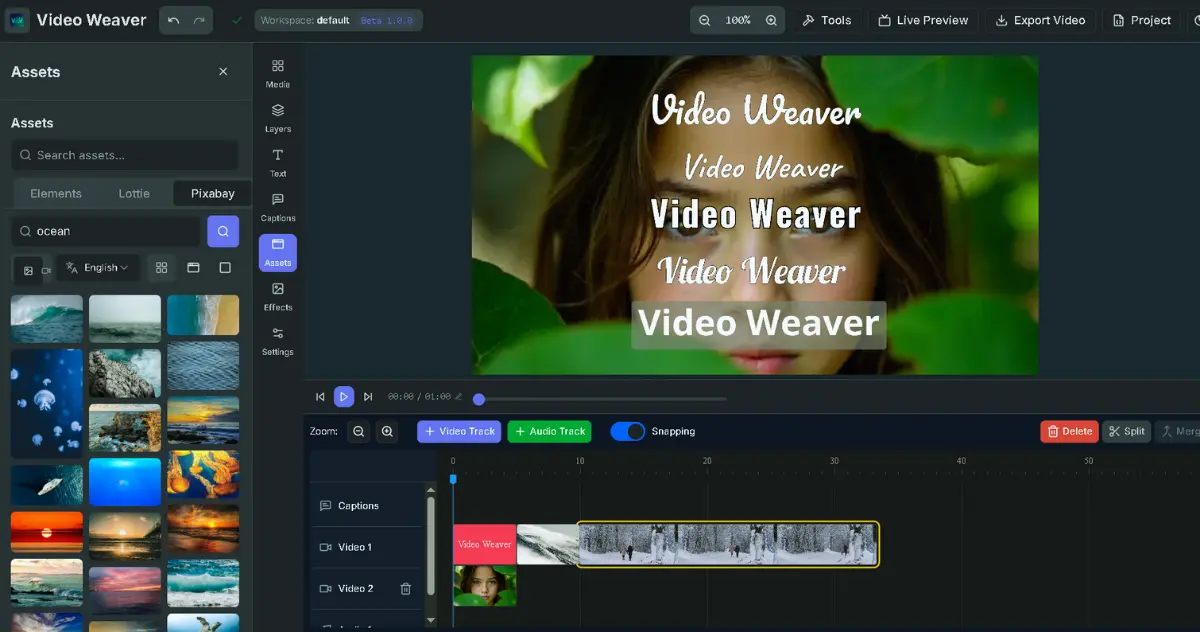Chatterbox TTS is Here: Not Just Open Source, It Can Also Clone Your Voice in a Second?
Chatterbox TTS Stunning Update: Open-Source Voice AI Now Supports 23 Languages, Revolutionizing Your Auditory Experience for Free
Tired of monotonous AI voices? Resemble AI’s open-source Chatterbox model has received a major update (on 2025-09-05), officially evolving into the multilingual Chatterbox Multilingual. It not only retains powerful features like “zero-shot” voice cloning and emotion control but now also supports 23 languages including Chinese and Japanese, and it’s completely free. This article will show you just how powerful it is and how to experience it for yourself.
Have you ever imagined a day when AI could not only talk to you but also chat with you in the voice of your favorite actor or even a friend? In the past, this sounded like something out of a science fiction movie. But now, a tool called Chatterbox is making it a reality.
Developed and open-sourced by Resemble AI, this text-to-speech (TTS) model has recently caused quite a stir among developer communities and content creators. Especially after the recent release of a major multilingual update, everyone is asking: is it really that magical? Could it be the next game-changing tool?
Today, let’s talk about this topic.
What’s the deal with this Chatterbox?
Simply put, Chatterbox is an open-source speech synthesis solution that can be used in production environments. Its architecture is based on a 0.5B scale Llama model, which gives it a natural advantage in processing language and sound.
You might think that with mature tools like ElevenLabs already on the market, why do we need Chatterbox?
That’s the key. Chatterbox is not only considered to be on par with these mainstream closed-source systems in terms of performance, but more importantly, it uses the MIT license, meaning it’s completely open-source and free. This is undoubtedly great news for individual developers, small studios, or anyone who wants to add high-quality voice features to their projects.
Those Amazing “Magic” Features
Being open-source and free is not enough. The reason Chatterbox has gained attention is that it really has a few tricks up its sleeve. These core features remain powerful in the latest multilingual version.
Zero-shot Voice Cloning This sounds technical, but it’s simple to explain: you just need to provide a short reference audio file, and Chatterbox can immediately imitate the timbre and style of this voice. That’s right, it “imitates after hearing it once,” without the need for lengthy training for a specific voice. This means you can easily clone any voice you want (of course, please use it legally and ethically).
Super-strong Emotion Control This is personally what I think is the coolest feature. Traditional TTS often gives the impression of a flat, emotionless tone. But Chatterbox allows you to “exaggerate” or adjust the emotional expressiveness of the synthesized speech. You can make the voice sound more excited, sadder, or more dramatic. For game character voice-overs, video narration, or AI assistants that require emotional expression, this feature is tailor-made.
Insanely Fast Real-time Synthesis In some scenarios, speed is everything. For example, when you’re talking to an AI Agent, you don’t want to wait several seconds for a response after asking a question. Chatterbox’s synthesis latency is less than 200 milliseconds, allowing for almost real-time voice generation, which makes it perform very well in applications that require quick responses.
Built-in Tools and Security To make it easier for developers to get started, it has built-in scripts for voice conversion and cloning. At the same time, it also integrates PerTh watermarking technology, which can add an imperceptible watermark to the generated audio file, making it easy to trace the source of the content and prevent the technology from being abused.
Major Update: Breaking Language Barriers, Supporting 23 Languages
In the past, the most regrettable limitation of Chatterbox was that it only supported English. But now, this biggest weakness has become one of its strongest advantages!
The latest Chatterbox Multilingual version, as its name suggests, supports up to 23 languages worldwide out of the box, completely breaking down language barriers. The list of supported languages includes:
- Arabic (ar)
- Danish (da)
- German (de)
- Greek (el)
- English (en)
- Spanish (es)
- Finnish (fi)
- French (fr)
- Hebrew (he)
- Hindi (hi)
- Italian (it)
- Japanese (ja)
- Korean (ko)
- Malay (ms)
- Dutch (nl)
- Norwegian (no)
- Polish (pl)
- Portuguese (pt)
- Russian (ru)
- Swedish (sv)
- Swahili (sw)
- Turkish (tr)
- Chinese (zh)
The official announcement also specifically mentions that the English, Spanish, Italian, Portuguese, French, German, and Hindi versions are currently the most stable. This update undoubtedly expands the application range of Chatterbox globally.
So, who is this thing for?
After talking so much, you might be wondering, where can this tool be used? In fact, the application scenarios are very broad:
- Video content creators: Need to add narration in multiple languages to your videos? Now you can easily generate various styles of voices with Chatterbox.
- Game developers: There are a lot of NPC dialogues in games, and hiring voice actors in multiple languages is expensive. Using Chatterbox not only saves budget but also creates unique voices for characters.
- AI application developers: Whether you are developing a smart assistant, AI companion, or customer service robot for the global market, a natural and emotional voice will definitely greatly enhance the user experience.
- Anyone with creative ideas: Want to make a personalized multilingual audiobook? Or an app that broadcasts news in your idol’s voice? Chatterbox can help you achieve it.
I’m excited! How do I get started?
If you can’t wait to try it, there are two main ways to experience Chatterbox:
- Quick online experience: The easiest way is to go directly to the Hugging Face platform. Here, you can directly enter text and choose different voice styles to experience its synthesis effect.
- Local deployment (for those who like to tinker): If you want to fully experience advanced features like voice cloning, you can consider deploying it on your own computer. The official GitHub project page provides detailed installation and deployment instructions. You can follow the steps to build your own voice synthesis WebUI.
Conclusion: A New Player in the TTS Race, or a Game Changer?
In summary, Chatterbox was already a shining star with its open-source nature, zero-shot cloning, emotion control, and high-quality synthesis effects. Now, with the addition of powerful support for 23 languages, it has officially transformed from a potential stock to a game-changing existence.
It not only provides a powerful and free tool for developers and creators worldwide but may also promote the entire speech synthesis market to develop in a more open, higher-quality, and more diversified direction.
Frequently Asked Questions (FAQ)
Q1: Does Chatterbox now support Chinese?
A: Yes! The latest Chatterbox Multilingual version has officially added support for Chinese (zh), as well as 22 other languages including Japanese and Korean. This resolves the biggest limitation of the old version.
Q2: Do I need a supercomputer to run Chatterbox?
A: No. Compared to other large models, Chatterbox has relatively low hardware requirements, making it suitable for local deployment and use on personal computers, which is very friendly to independent developers.
Q3: Is Chatterbox really completely free? Can it be used in commercial projects?
A: Yes. It uses the MIT license, which is a very permissive open-source license that allows you to use, modify, and even sell it commercially for free, as long as you include the original author’s copyright notice in your software.




